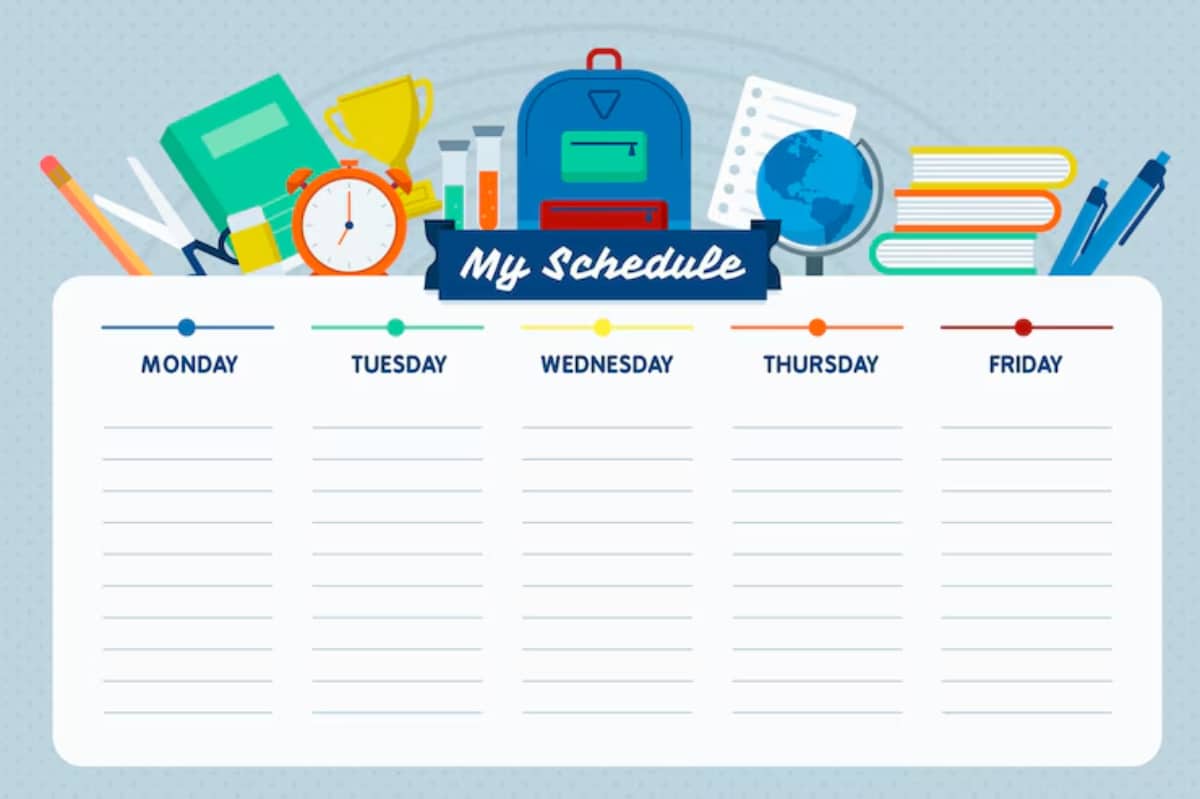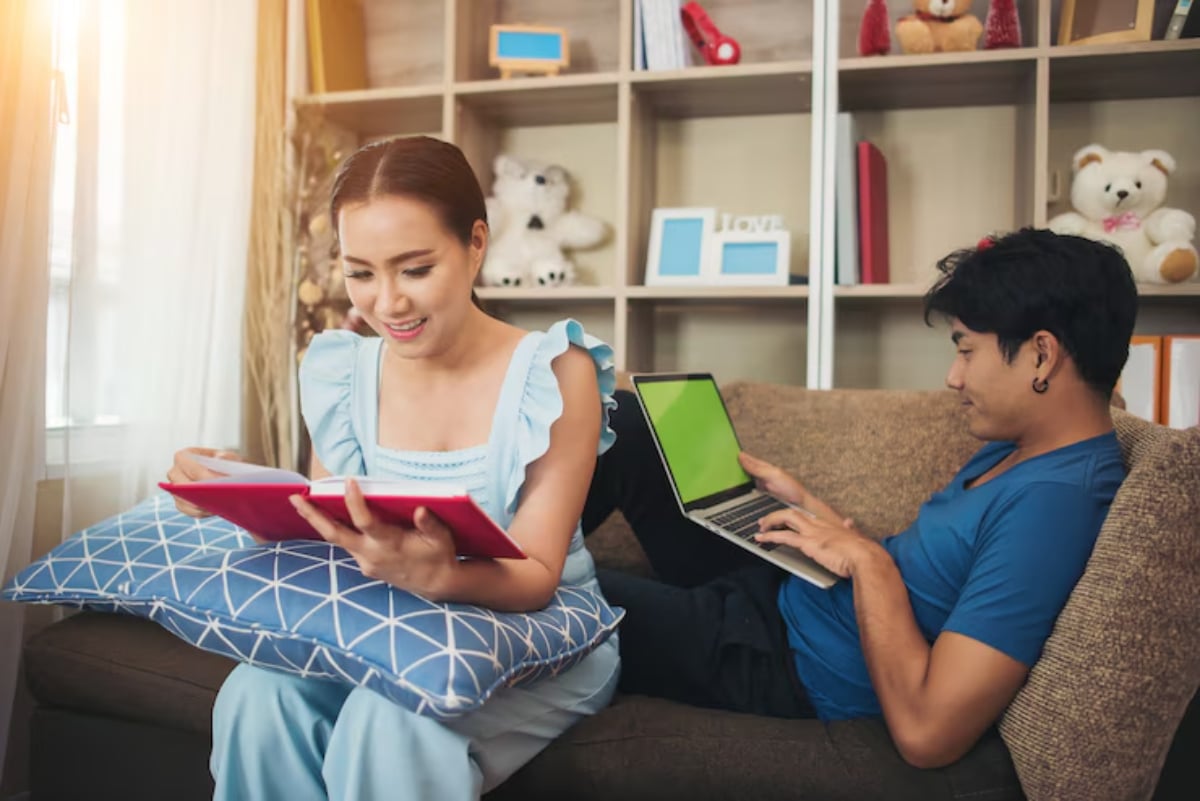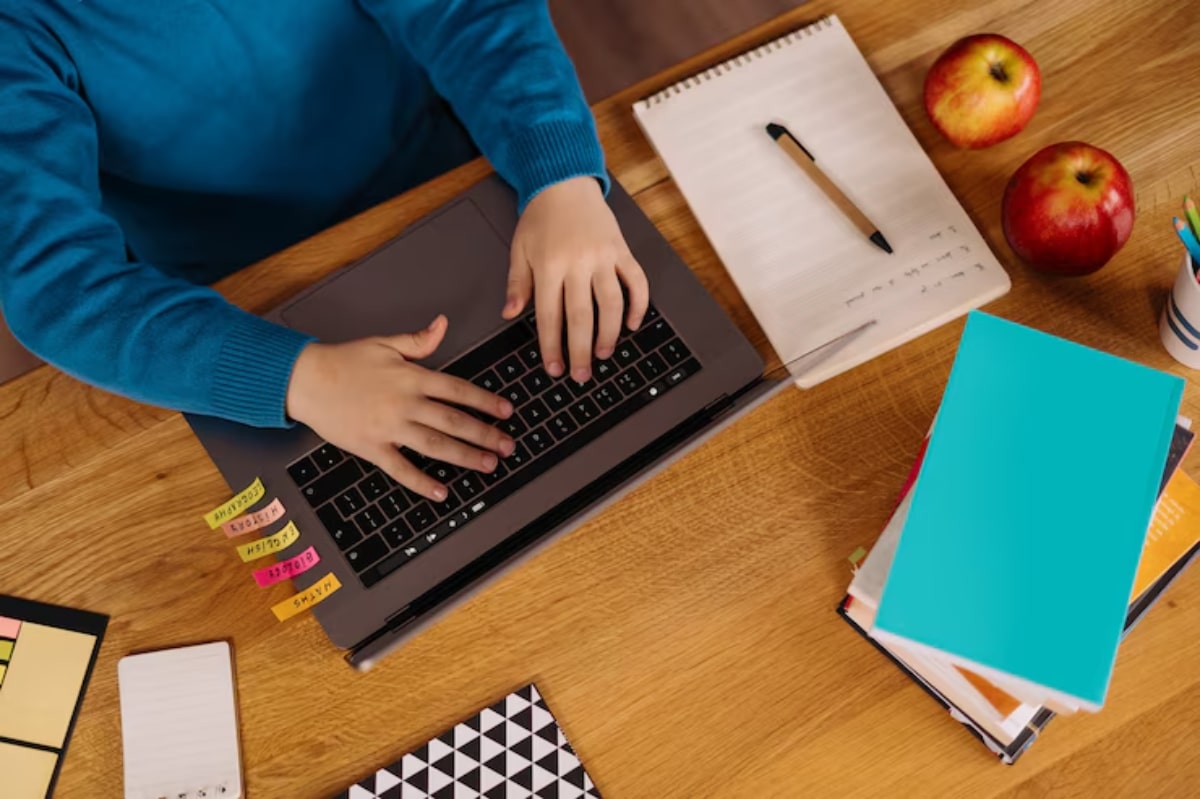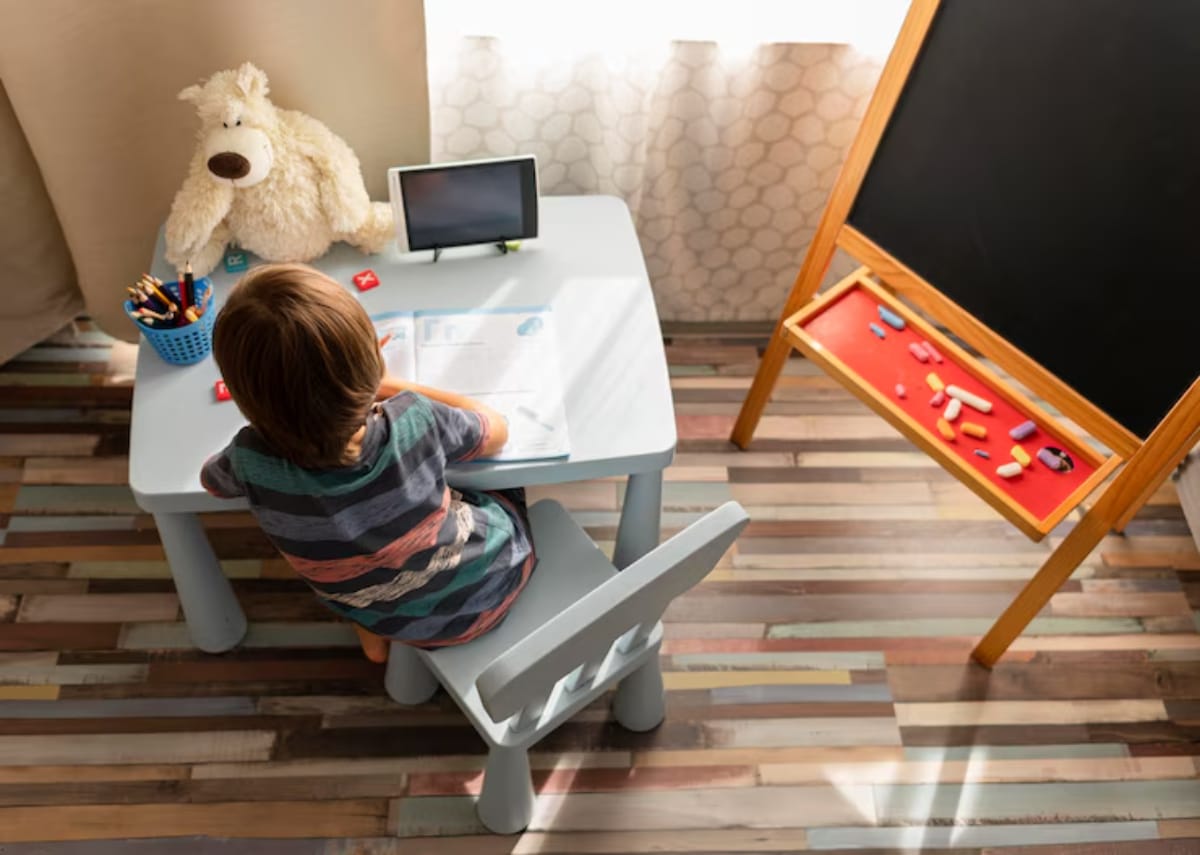
How to Set Up a Homeschool Classroom at Home
Building a homeschool classroom goes beyond picking a desk and chair. It’s about creating a space encouraging focus, curiosity, and growth. As home education increases in the UK, many families transform spare rooms, dining areas, and garden sheds into fun learning spaces.
A well-planned homeschool setup improves organisation and directly supports your child’s learning ability. This guide shows you how to create a great homeschool classroom. It’s perfect for beginners or those wanting to improve their space for the family.
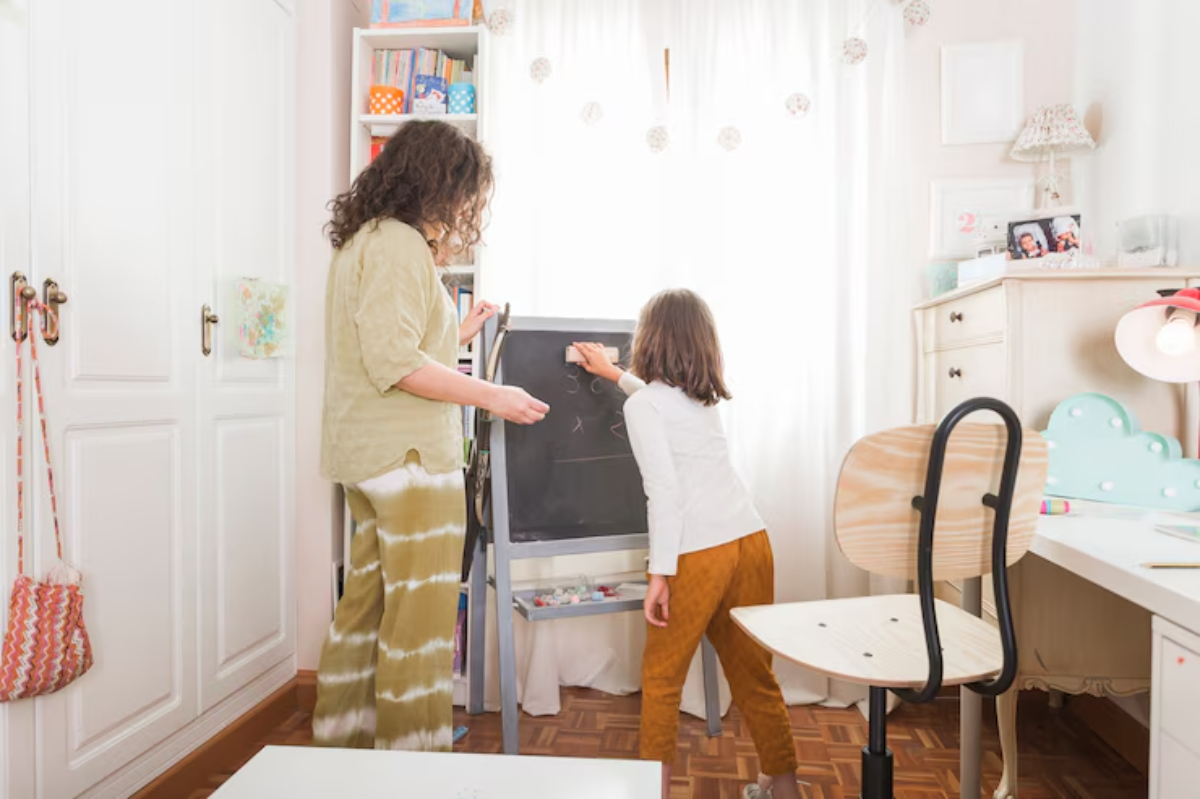
Understanding the Core of Homeschool Classroom Setup
A homeschool classroom setup is a space designed for learning at home. But it’s not only about what goes where. It’s about how space, structure, and style support learning outcomes and family rhythms.
According to educational psychologists, the environment affects engagement, retention, and motivation. Lighting, furniture, materials, and colour can all affect how children feel during lessons. A messy space creates distractions, while a calm layout promotes clarity and progress.
That’s where homeschool organisation and intentional design come in.
Pro Tip: Keep It Simple at First. Start small. You can add furniture, posters, or shelves as you learn more about your child’s learning style.
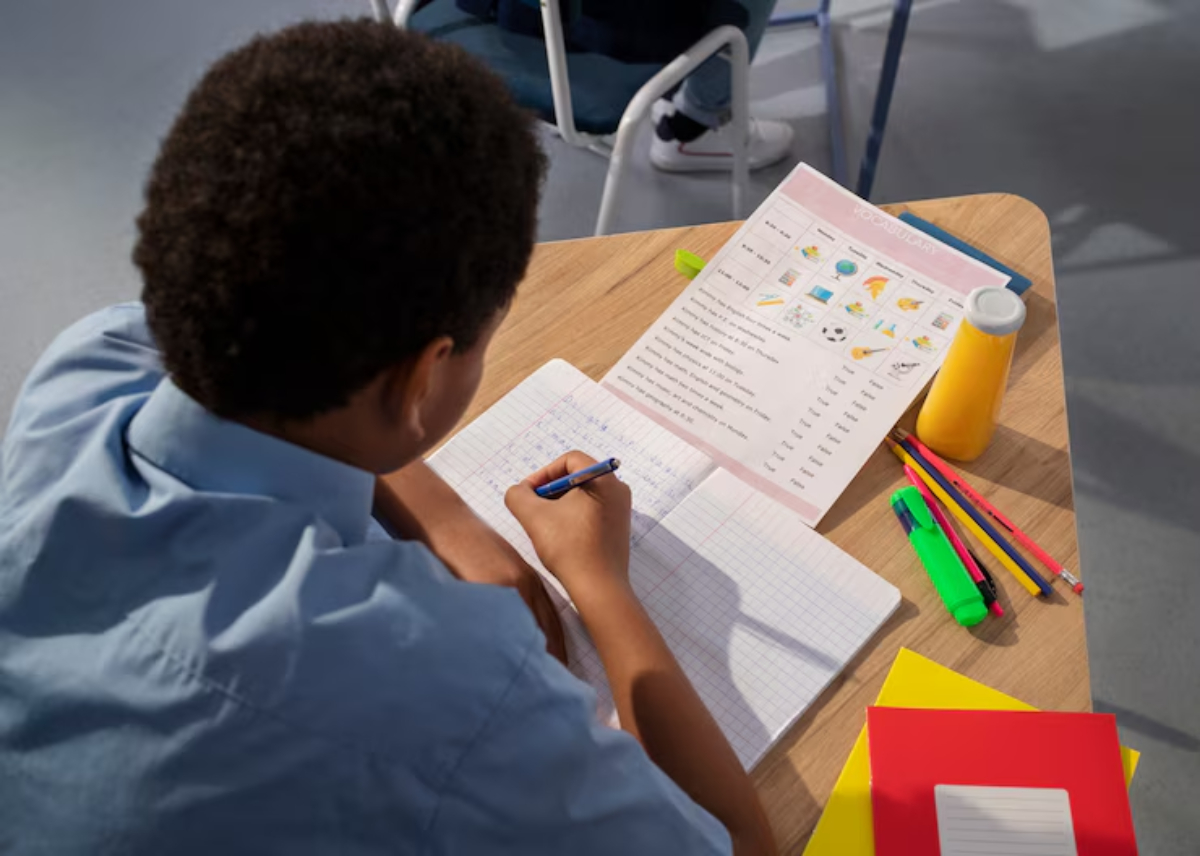
Quick Guide: Homeschool Setup Checklist
- Choose a dedicated space
- Ensure good lighting and ventilation
- Pick age-appropriate desks and chairs
- Create zones for reading, writing, and activities
- Use storage to reduce clutter
- Display learning tools and visual aids
- Personalise the space with creative touches
- Incorporate flexibility for different subjects or siblings
Important Note: Avoid Overcrowding. Too many decorations, toys, or learning tools can distract more than help. Keep the space clean, open, and purposeful.
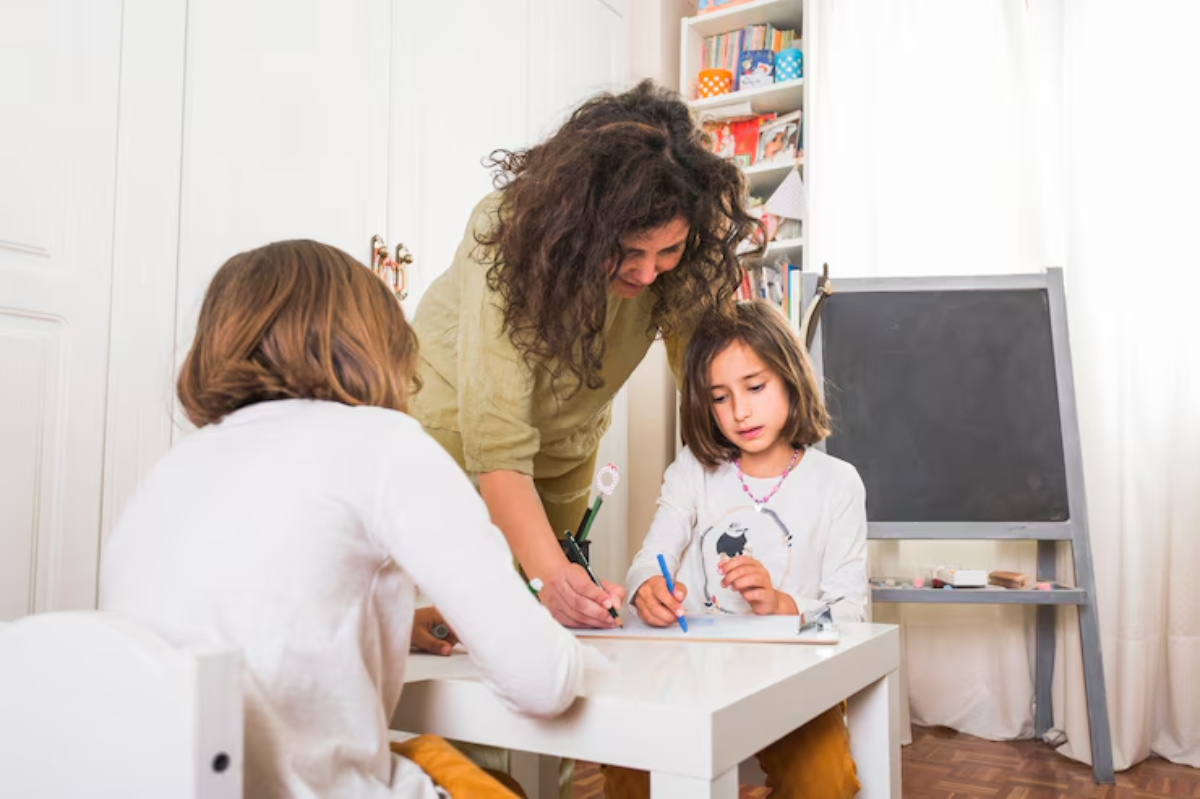
Step-by-Step Guide: How to Set Up a Homeschool Classroom at Home
1. Designate a Specific Area
Choose a space that can be used consistently. It doesn’t need a whole room — even a corner of your living room or conservatory can work. What matters is regularity and focus.
- Pro tip: Avoid high-traffic areas with distractions.
- If possible, keep it separate from sleep or play areas.
2. Invest in Functional Furniture
Opt for child-sized desks and ergonomic chairs. A small table suits younger learners, while older kids often need more structured seating for writing or using laptops.
- Consider adjustable desks for growing kids.
- Include a comfortable reading chair or beanbag for breaks and quiet time.
3. Plan by Zones
Divide the space into zones for different activities:
- Learning Zone: Desk, writing materials, laptop.
- Reading Zone: Bookshelves, cushions, natural light.
- Creative Zone: Art supplies, sensory activities.
- Storage Zone: Containers for books, papers, and supplies.
Children switch tasks more easily when physical cues match the activity.
4. Use Vertical and Hidden Storage
Maximise space with wall-mounted shelves, over-door organisers, and labelled bins. Rotating supplies seasonally or monthly keeps the area fresh and uncluttered.
- Add clear bins for manipulatives and craft items.
- Use a filing cabinet or drawer unit for lesson plans and worksheets.
5. Incorporate Visual Learning Tools
Maps, charts, whiteboards, or daily schedules can make a big difference. These help reinforce routines and support visual learners.
- Hang a calendar to track school days and holidays.
- Use magnetic boards or corkboards for pinning up projects.
6. Set a Routine with a Visual Timetable
Children thrive with structure. Use a printed timetable, a magnetic board, or a colour-coded schedule to help your child know what to expect.
- Keep it simple with pictures for younger children.
- Involve older children in planning their weekly schedule.
7. Make It Personal
Let your child contribute to decorating the space. A few framed drawings, a plant, or a favourite quote can make the classroom feel welcoming and theirs.
Best Practices & Additional Insights
- Rotate materials to keep things fresh. Use a “topic tray” to showcase themed books or activities for the week.
- Review your setup quarterly. Your space should evolve as children grow or your homeschool rhythm shifts.
- Involve your children. Ask what helps them focus or what they’d like in their learning corner.
- Minimise screen distractions. Keep tablets and TVs out of view unless they’re part of the lesson plan.
- Use scents and sounds. A lavender diffuser or gentle background music can help with focus.
FAQs: Your Homeschool Setup Questions Answered
What’s the best room for a homeschool classroom?
A quiet, bright room with little traffic is best. Good options are spare bedrooms, studies, or even loft spaces. But don’t worry if that’s unavailable — a consistent space matters more than size.
Do I need a separate room?
No. Many families successfully homeschool using dining room tables or kitchen counters. The key is to organise and define that space well.
How do I manage multiple children in one space?
Create individual baskets or bins for each child’s materials. To reduce distractions, use headphones, visual dividers, or staggered schedules.
Should I follow a school-style setup?
Not necessarily. Homeschooling allows flexibility. Some children thrive at desks, others on the floor with clipboards. Use what works best for your child’s learning style.
Final Thoughts: Build a Space Where Learning Feels Natural
Your Homeschool, Your Way: Create a Space That Grows With You
A good homeschool classroom creates a calm, focused, and joyful learning vibe. Plan wisely and add creative touches to make your home a great learning space. It can be a whole room or just a comfy corner.
Begin with minor changes. Stay flexible. Let your learning space show your family’s values and energy.
Ready to refresh your homeschool setup? Clear your space, and then draw your learning zones today.
